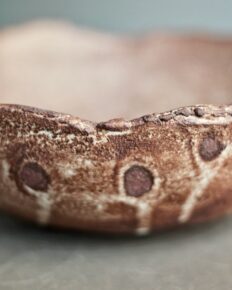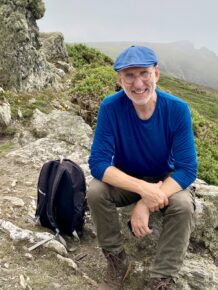In the introduction to Kathleen Raine’s selected poems she says, nature poetry is not what we write about nature, but rather the language of images in which nature daily speaks to us of the timeless, age-old mystery in which we participate.
I often wonder why I keep painting things from nature when what I paint is in no way a substitute for sitting and looking at the world itself. But Raine says it here for me. I am not painting nature, it is simply that nature is the source of my vocabulary, my native language.
And what am I trying to say with that language? Mark Rothko said, to paraphrase, that no painting is of any value unless it is about something. Certainly art critics and whoever writes the blurbs that sit by paintings in galleries talk at length about what a painting is about, but you can read a poem on different days or at different stages in life and it seems to be about something entirely different. So who is the poet or the painter to decide what their art is about?
Kathleen Raine goes on to talk about the time when WB Yeats widow, George Yates, told her off not for what she had written but what she had not written, a poet has no right not to write, she said.
So write, paint, make art in your native, natural language and let the world decide what it’s about. That’s what I shall tell myself today.


